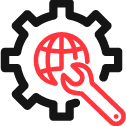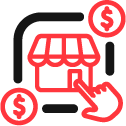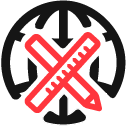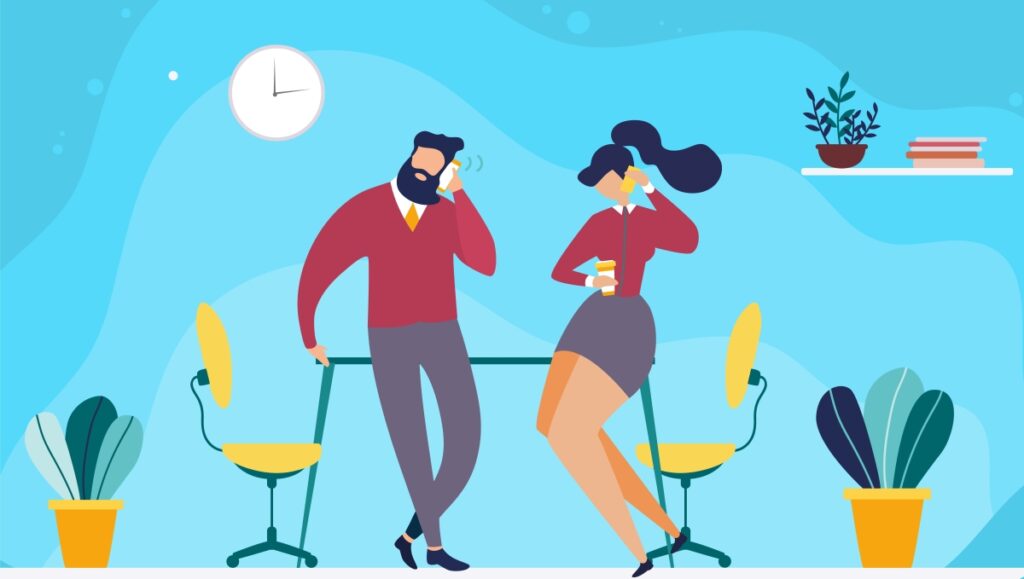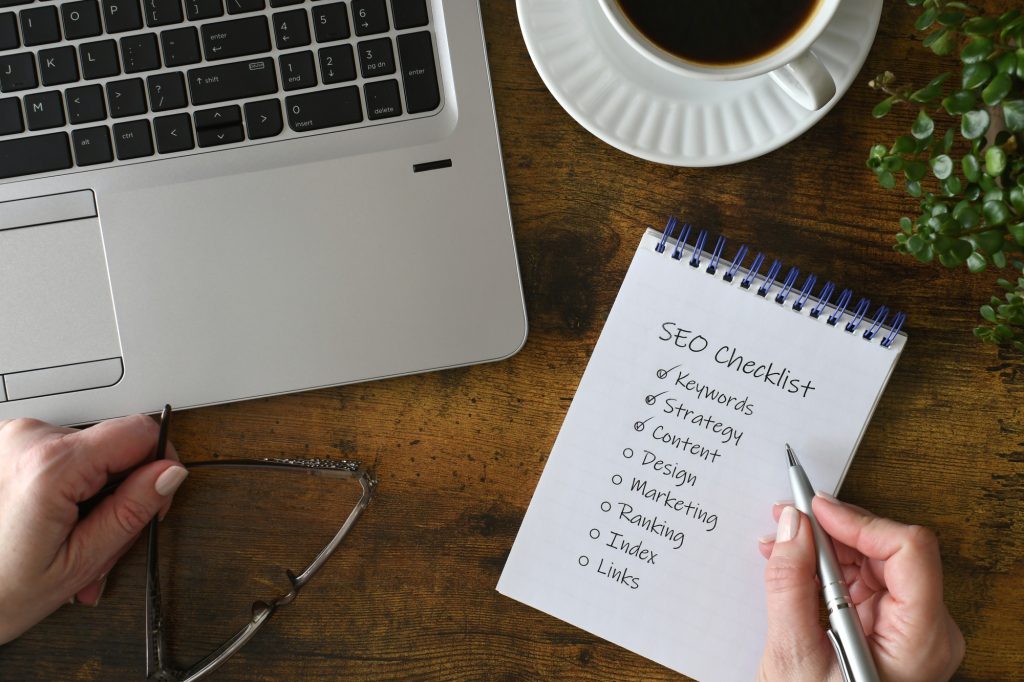Returning to work while the pandemic rages on is a terrifying prospect. As regions are opening up again from various lockdown measures, employees will now slowly go back to working in their offices.
The COVID-19 pandemic has changed the way we live. This involves not only our lifestyle, but also how we work. With most employees returning from a ‘work from home’ setting, our new normal poses growing pains as they try returning to their regular routines. Knowing the chances of contracting COVID-19 is greater once you’re out in public, how do you protect yourself from the virus? Check out our workplace preparedness infographic below.
Download Workplace Preparedness Reminders Infographic
When Preparing for Work
The best way to prevent getting sick is to become extra cautious. Workplace preparedness starts by holding yourself liable by avoiding infection and performing good hand hygiene. Hence, heed these reminders:
- Avoid wearing unnecessary accessories such as jewelry and watches. Less is more — less accessories, more protection against the virus.
- Too much hair might kill you. If you have long hair, tie it back. Your crowning glory might risk you contracting the coronavirus. Tying it back stops it from falling in your face and prevents you from touching it.
- Gone are the days of wearing pajamas during workdays at home. Since you’re returning to your workplace, you must also return to looking presentable. That said; put away your coats and neckties in favor of shorter sleeves and more comfy clothes.
- Keep your facemask and alcohol or hand sanitizer ready.
- Bring necessary documents such as your company ID, permit to work/COE.
While Using Public Transportation
You can’t avoid using public transport since you have to go to your workplace. So while commuting, you should:
- Avoid touching M.E.N. (mouth, eyes, and nose). Also, don’t let anyone touch your M.E.N if they haven’t washed their hands or used alcohol.
- Avoid handshakes (thankfully, another excuse for you to refuse them) or touching surfaces frequently. Instead, greet your coworkers without physical contact as much as possible.
- Distance yourself by at least one seat apart from other passengers.
- Use your car vents (if you have your own car) to bring in fresh air instead of the air condition.
When Out in Public
As much as possible, avoid public places. There’s a higher chance you’ll contract the virus since it is very contagious and can spread through the air. Given these, you should:
- Avoid crowded places as much as possible and stay at least six feet away from others.
- Always use facemasks to cover your M.A.N (mouth and nose).
- Wear face shields and goggles if they’re available.
- Use tissues, cloth, or your sleeves to cover your coughs and sneezes to maintain basic good manners. Let alone now that we’re in the middle of a health crisis, practice this to the extreme (so you can avoid death stares from others as well).
- Duly throw away used tissues in enclosed bins.
- Wash your hands for 20 seconds. Singing “Happy Birthday” might help with your patience.
- Use hand rub or sanitizers with at least 60% alcohol content.
When at the Office Entrance
Workplace preparedness should become top priority during this health crisis. As an employee, you are also responsible for making your workplace a safe place for you and your coworkers. So at the office entrance, you should:
- Have your temperature checked using a no-touch thermometer.
- Disinfect your shoes by soaking them on the doormat with disinfectant.
- Sanitize your hands before and after using the biometric scanners.
While at the Workplace
Your duties in helping with your workplace’s safety don’t stop at the office entrance. Workplace preparedness still includes your working space. So while you’re at your desk, practice proper sanitation and social distancing. With these in mind, you should:
- Clean and disinfect your work area regularly, as well as your phone, ID, eyewear, and work supplies.
- Avoid lending your office tools and equipment (at least for now).
- Sanitize your hands after touching frequently used objects and surfaces.
- Practice social distancing, again.
- Make the gradual shift from face-to-face meetings to online meetings.
- Consider other work arrangements such as skeleton workforce or working from home.
When Arriving at Home
Lastly, you have the duty of keeping your loved ones safe at home. Thus:
- Avoid wearing shoes you wore for work inside your home.
- Wash your worn clothes and separate them from other clothes as much as possible.
- Wash your hands after touching your used clothes and shoes.
- Take a shower first before spending time with your family.
This unseen enemy has greatly affected us in tremendous ways. These include how we interact with people and perceive the world, as well as our economy and the way every industry does business. The COVID-19 pandemic has also forever changed the way we live. And as employees, we may have likely fallen into a more comfortable routine by working at home.
It’ll be tough to return to our regular routines of waking up to our persistent alarms, commuting through merciless traffic and heat, and trying not to fall asleep at work. But some things have changed: We’ll now see masked faces, people trying their best to distance themselves from crowds, frequent use of sanitizers, tighter workplace preparedness measures, and new seating arrangements inside trains, buses, and jeepneys. Things will be stressful from now on. So make sure to take care of yourself and watch out for work stress signs that might affect your health. But until then, until a vaccine is finally available, this will be our new normal.
So hold on, and stay safe!
Images:
People vector created by pch.vector – www.freepik.com

